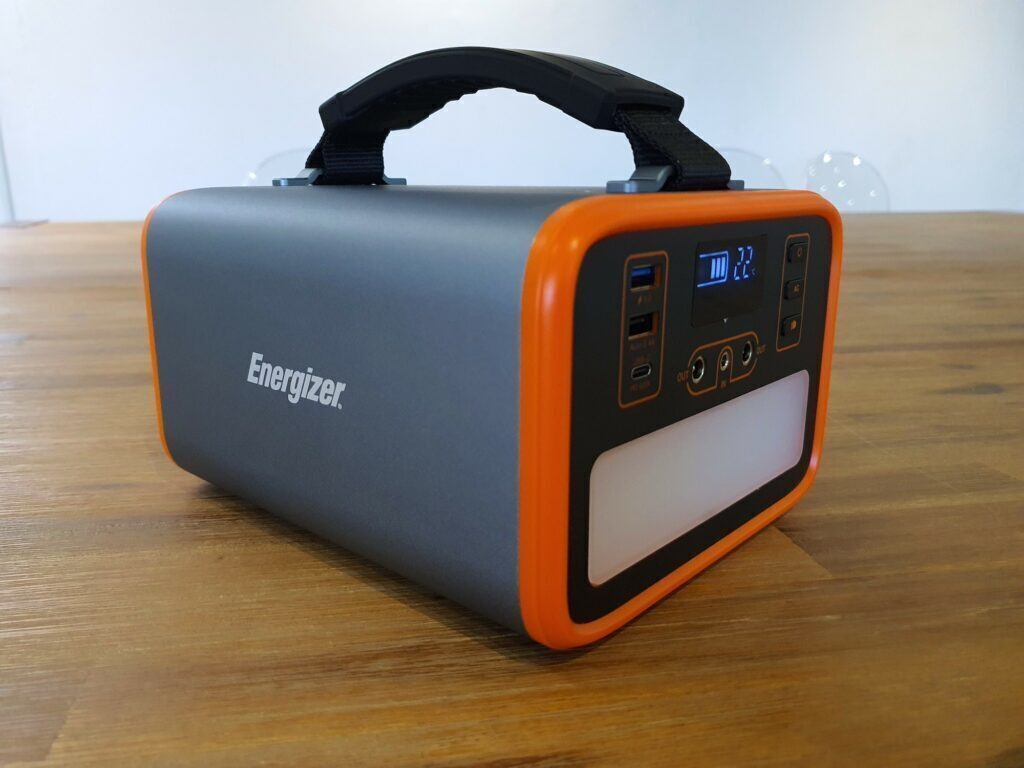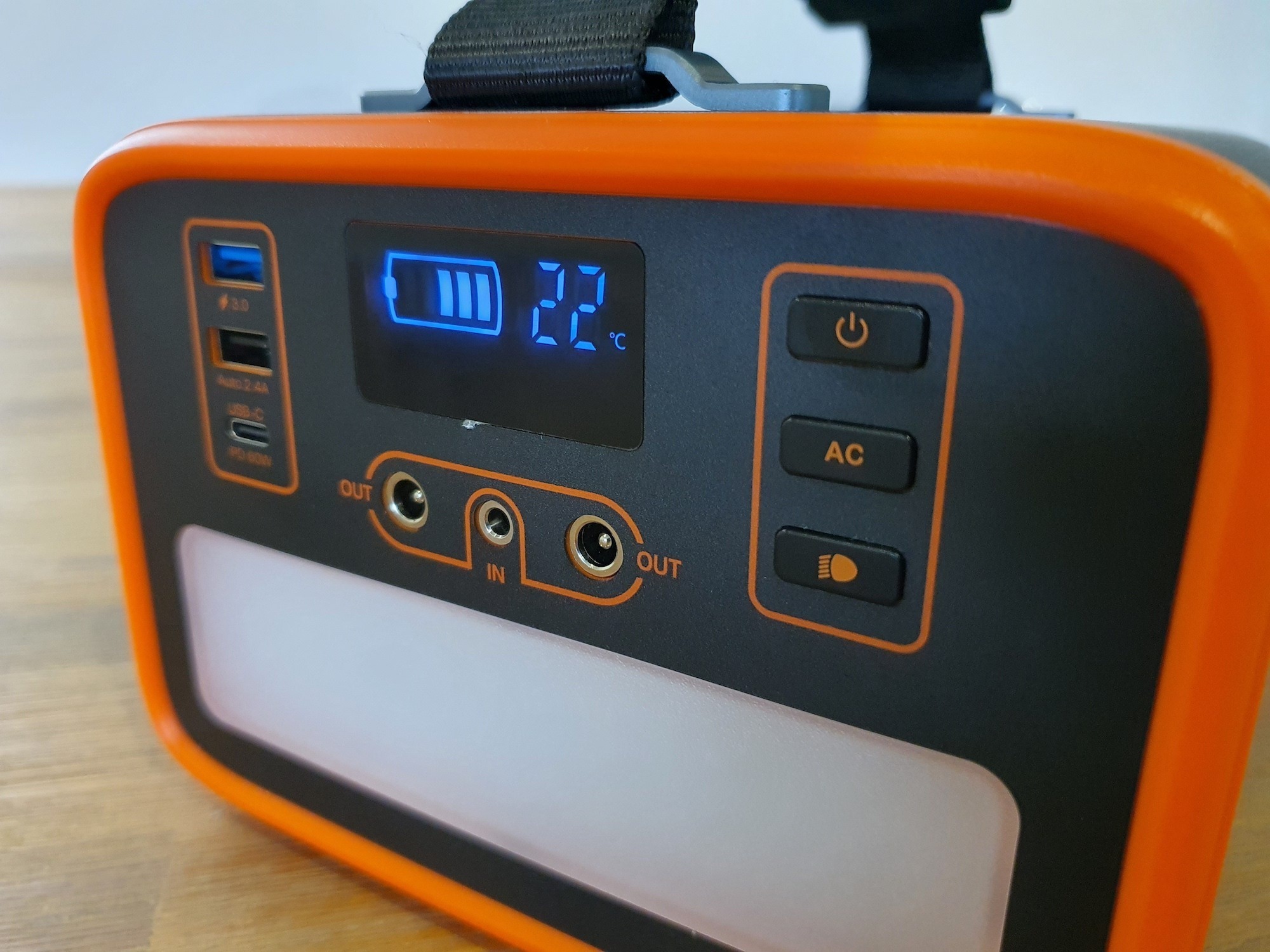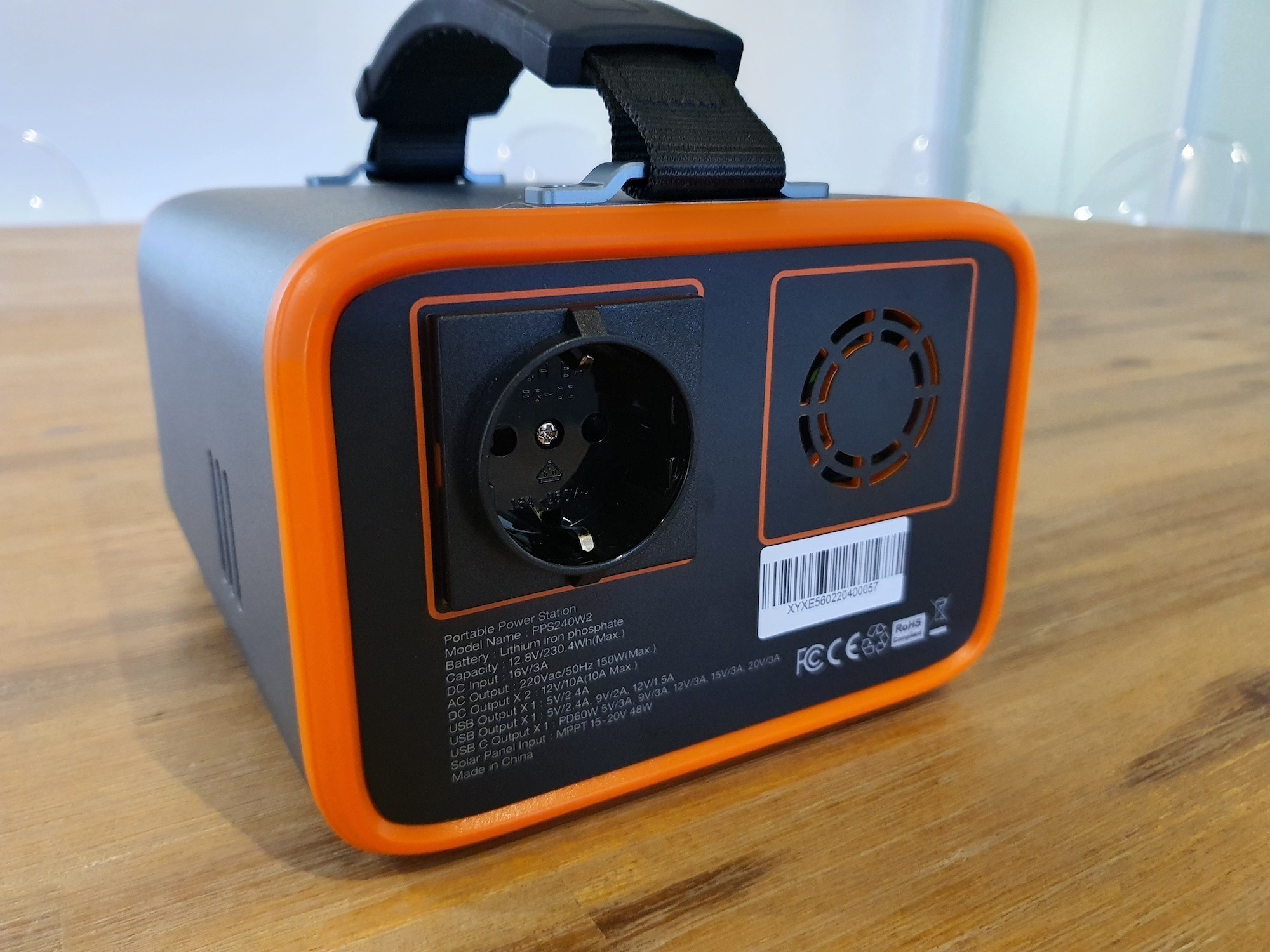There are bigger options out there, there are cheaper options as well. But Energizer's battery pack is for people with a) enough cash to buy one who b) just want a few basic essentials running while the lights are off. The best thing about it is how easy it is to use. Just keep it charged, and plug in devices that don't draw more than 150W when the power's off. It doesn't get much simpler.
-
Price
-
Ease of use
-
Battery
-
Practicality
It’s hard enough living in the modern world. The stress of constant notifications, while not as immediately threatening as, say, a bear, wears down a person’s soul. And when one of those notifications could, at any moment, be a thunderbolt that heralds load shedding (again), the urge to throw your vibrating phone can sometimes prove powerful. But if you’re packing a bit of load shedding avoidance kit, like the Energizer Max Power Station, then you might not be quite so twitchy. Then it’s just bosses and spouses and kids and the bank and Google’s notifications to worry about.
Even so, Energizer’s Max Power Station will still leave you sitting mostly in the dark. At a little under 3.5kg, it’s heavier than your standard power brick. It’s only kinda portable. Don’t expect to slip it into a backpack, unless you like the feeling of lugging rocks around. The grey-and-orange brick is billed as a camping assistant, but it’s got unintended utility in South Africa as well.
Not a (brick) joke
Energizer’s new power station is, technically, called the PPS240W2. But that’s a weird name, and we’re not going to use it. It’s a little larger than a lunch box, and it weighs about 3.5kg. Most of this is a solid metallic casing, capped on the ends by bright orange sections. It’ll be mostly visible in darkness, unless you’ve left it on the floor. Rest assured, your little toe will find it then — but that’s just life in action.
Operation mostly happens upfront. There are three USB ports — one is USB 3.0 — as well as a USB-C that delivers charge speeds of up to 60W. Power Delivery is real, and it’ll keep a MacBook fully charged for quite some time. There are two DC outputs bracketing the input used to top Energizer’s brick up from the wall. Around back is a single 150W AC socket. It’ll output at 220 volts, so you can run South African appliances on them just fine. Plus, there’s also a light, so you can make sure you don’t kick it again (until the battery dies).
Not exactly brain surgery
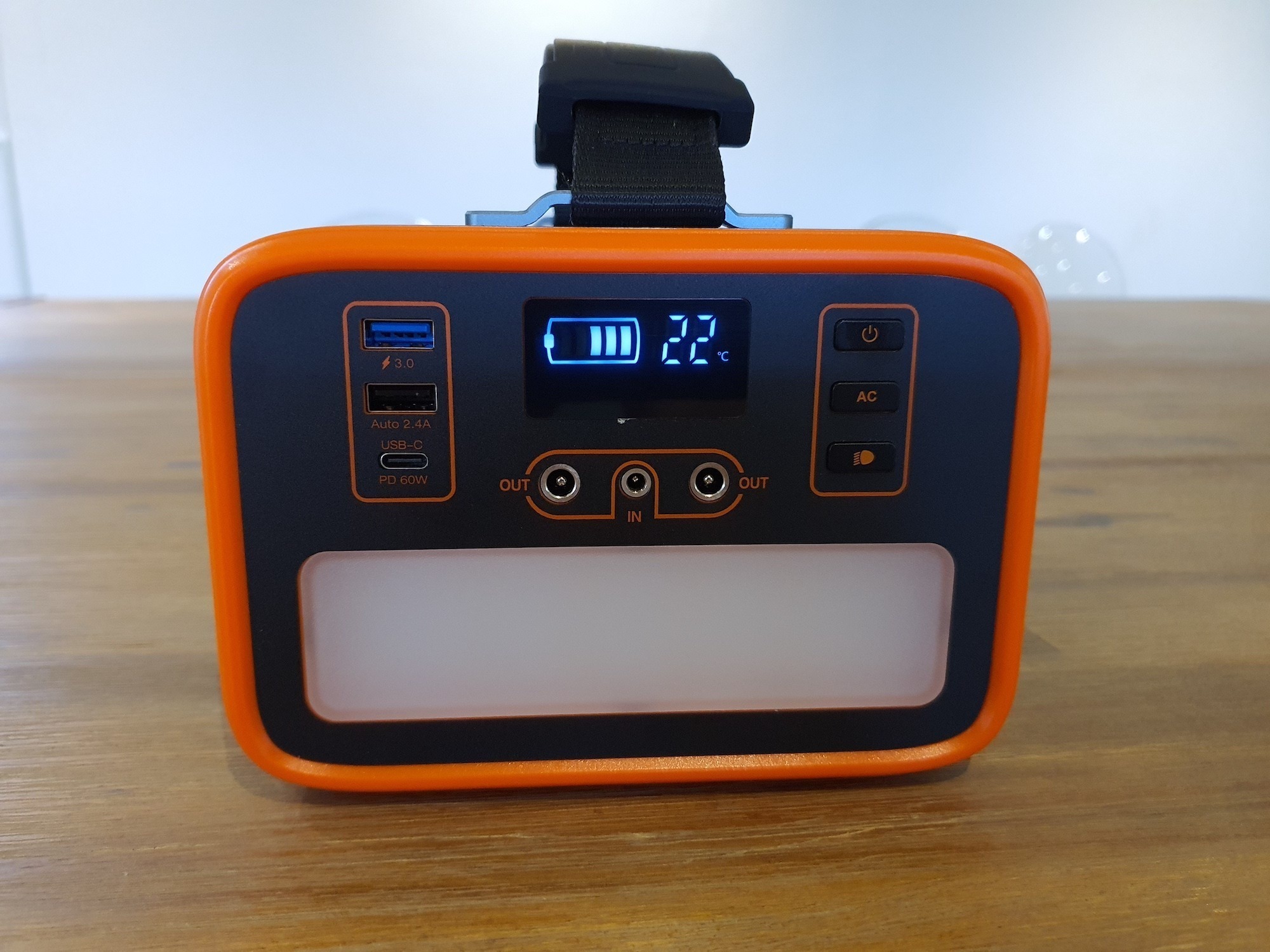 Operation is simple. There’s no app, there’s no setup, you just connect the Energizer Max Power Station to the wall until it’s full. It’ll take a few hours to go from about halfway to fully topped up. Once you’re there, just wait for Eskom to kill power to your home. Which should be any second now, based on past experience. The Max Power Station has enough juice in it (72,000mAh) to run most things for ages. You’ll keep an internet router going for a couple of days.
Operation is simple. There’s no app, there’s no setup, you just connect the Energizer Max Power Station to the wall until it’s full. It’ll take a few hours to go from about halfway to fully topped up. Once you’re there, just wait for Eskom to kill power to your home. Which should be any second now, based on past experience. The Max Power Station has enough juice in it (72,000mAh) to run most things for ages. You’ll keep an internet router going for a couple of days.
You will also run a fan for most of the night, or a fair-sized TV for the duration of load shedding at the very least. Basically, anything with a power draw of less than 150W and a two-prong plug will run just fine. That does mean you’re not making any coffee using it. Electric kettles have a mad power draw, even if it’s only for a few minutes.
So it’s all plug and play, but it’s not quite the camping assistant it wants you to think it could be. That’s because there’s one more thing, alongside its 230Wh lithium iron phosphate battery, contained inside Energizer’s powerful little brick. That’s a cooling system, with a side-mounted vent and an actual cooling fan. There is a temperature readout on the front of the unit, so you can tell just how hot it is inside the case. The fan only kicks in briefly when you turn it on. It’ll switch on again when and if you need it. As long as the Power Station’s internals remain below 30°, it should be as silent as your neighbourhood during load-shedding.
Energizer Max Power Station (PPS240W2) Verdict
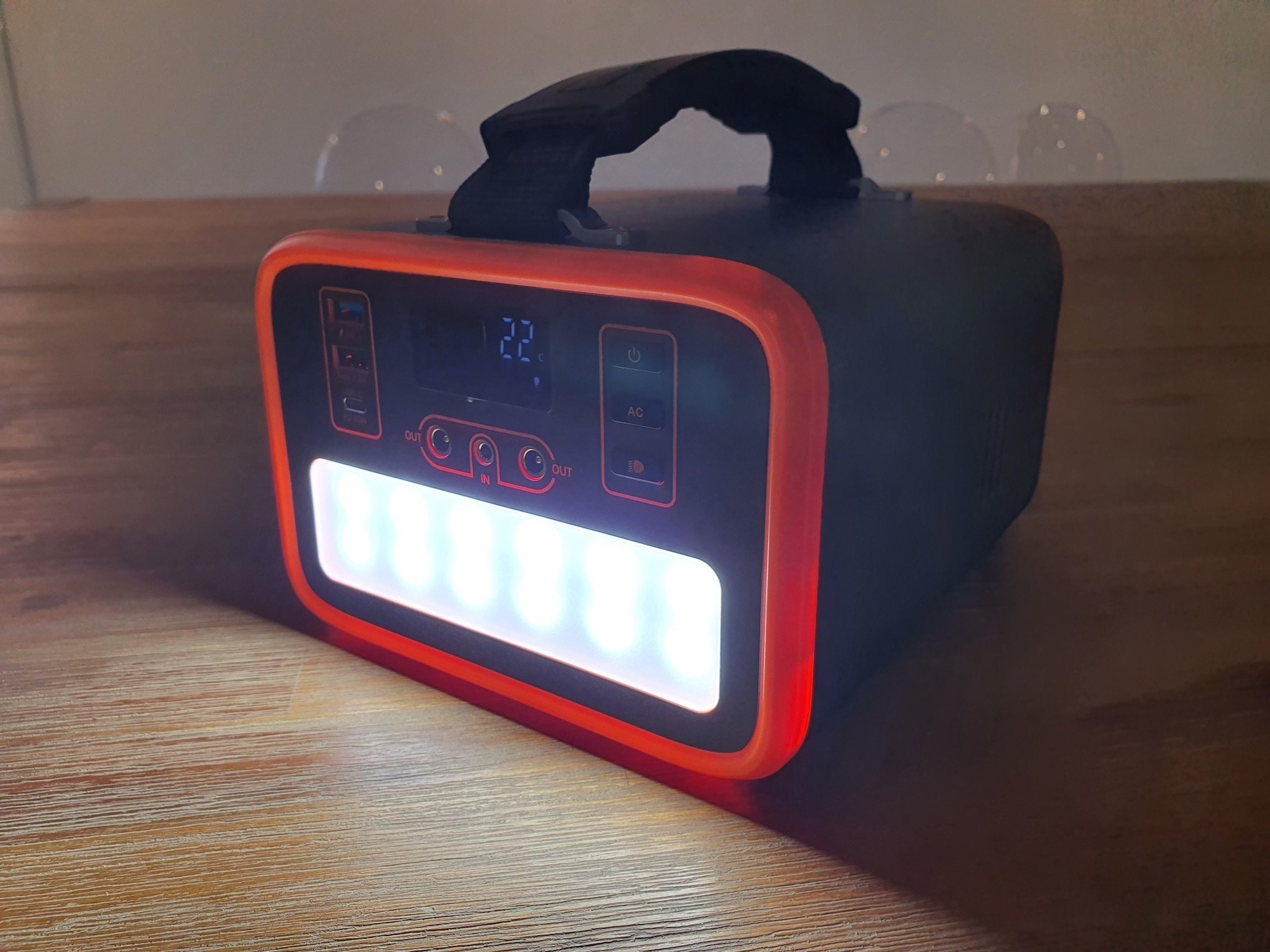 The only real kick in the nadgers is the price. Energizer is a name brand, which is one pointer towards the direction here. Lithium iron phosphate (LiFePO4), and its’ attendant 2,000 charge cycles, doesn’t come cheap either. Add some premium construction and absolutely zero setup requirement and a R5,000 price point drops out the other end. That puts Energizer’s kit out of reach of most, and right within range of more powerful options. You can snag a small generator for R5,000. Yes, there are running costs and noise, but you’ll also power more of your home for longer. This often includes coffee and keeping the fridge going. Here, you’re paying for silence, ease of use, and zero setup. For your money, you get the ability to work entirely uninterrupted for hours, or to keep your DStv and TV on for long enough for Eskom to (probably) get the lights back on.
The only real kick in the nadgers is the price. Energizer is a name brand, which is one pointer towards the direction here. Lithium iron phosphate (LiFePO4), and its’ attendant 2,000 charge cycles, doesn’t come cheap either. Add some premium construction and absolutely zero setup requirement and a R5,000 price point drops out the other end. That puts Energizer’s kit out of reach of most, and right within range of more powerful options. You can snag a small generator for R5,000. Yes, there are running costs and noise, but you’ll also power more of your home for longer. This often includes coffee and keeping the fridge going. Here, you’re paying for silence, ease of use, and zero setup. For your money, you get the ability to work entirely uninterrupted for hours, or to keep your DStv and TV on for long enough for Eskom to (probably) get the lights back on.

